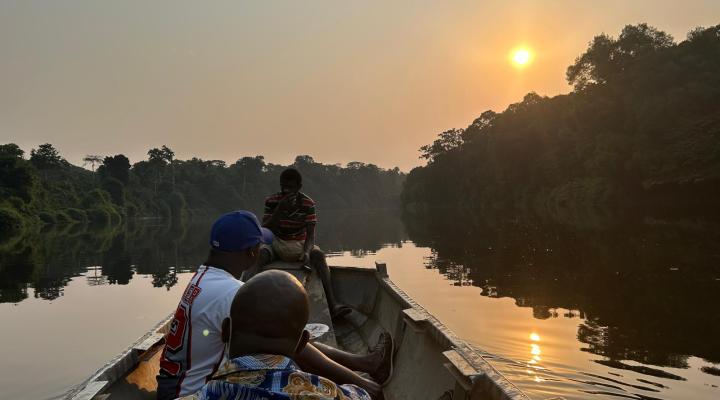Virtual Exhibitions 2025, No. 1
by
Joana Gaspar de Freitas, André Kirouac, Barbara Palmer Rousseau, Antonio Ortega Santos, Liliana N. Duarte, Nicholas Allen, Margarida Vale de Gato, Steve Mentz, Carlos Pereira da Silva, Raquel Andrade Ferreira, Ana Luíza Silveira de Souza, Miguel Albuquerque, Davis de Paula, M. Luisa Martínez, Celso Aleixo Pinto, and Ruwan Sampath
In April 2024, during a workshop at the School of Arts and Humanities of the University of Lisbon, specialists from different countries and backgrounds talked about dunes. In addition to the scientific topics presented, we discussed how to make our work more compelling and accessible to a wider audience. We wanted to share our plural views on coastal issues and the importance of taking this diversity into account when managing for the future, because beaches are made up of sea and sand, but also of people’s expectations and choices. This exhibition is our way to do this. Each of us has chosen an image/object that represents our personal connection with the coast. We do not want to present results or conclusions; as in a museum or art gallery, it is up to you to find meaning and to write your own script based on your impressions.
